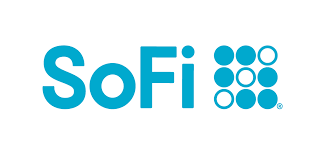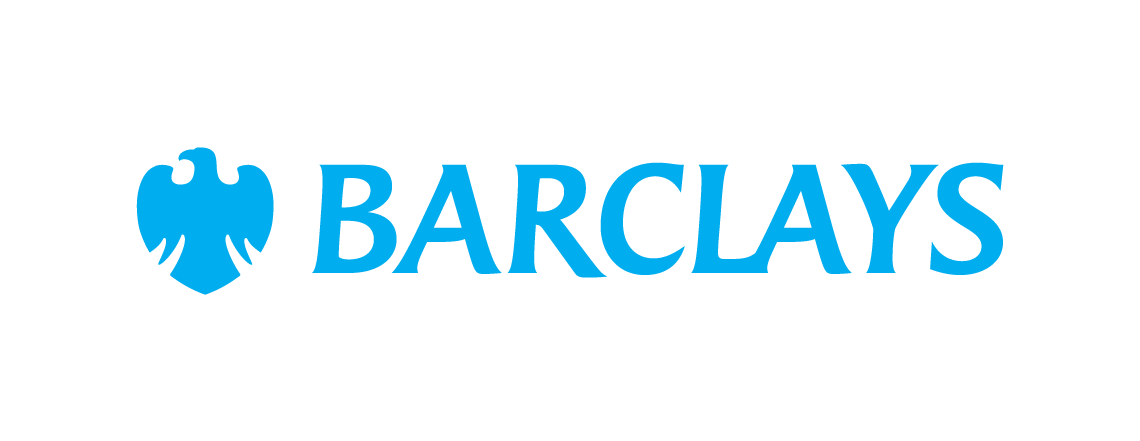Stop These Slow Leaks in Your Bank Account
You might be surprised at how much some seemingly small expenses are really costing you.
We've all heard it said that by eliminating your once-a-day fancy coffee habit, you could save over $1,000 per year, along with similar money-saving tactics. However, there are many other ways to plug the leaks in your bank account.
Some unnecessary expenses are obvious and easy to avoid, such as late fees on credit card payments, while others require some digging. For example, I recently realized that I had been paying $40 per year for subscriptions to magazines I don't read. I didn't think about the expense, because it was being billed directly to my Amazon account.
With that in mind, here's a rundown of some of the most effective ways you may be able to stop money from leaking out of your bank account.
Fees, fees, and more fees
Overdraft fees average nearly $33 per occurrence. It can cost $5 or more to withdraw money from a non-bank ATM when you include your own bank's fee, and many checking accounts charge a monthly maintenance fee (the average is more than $13) unless you maintain a minimum balance or meet some other requirement.
Stop this insanity. There's no reason whatsoever that you should pay any of these costly banking fees, especially with the emergence of
It's rather easy to find a checking account with a no-fee structure, and many even offer ATM fee reimbursement.
While each individual fee charged by your financial institution may not seem like much, they sure add up. If you avoided the average monthly maintenance fee and simply put this amount in an S&P 500 index fund, you'd have more than $8,400 after 20 years, based on historical average returns. That's with no other changes besides avoiding one unnecessary bank fee.
Subscriptions and memberships you don't really use
One smart way to stop financial leaks is to evaluate the subscriptions, services, and memberships you pay for. Many people have one or more recurring expenses that they could easily do without.
Your recurring expenses may include subscriptions to newspapers and magazines you don't read, a membership to a gym you never set foot in, and television or streaming services you don't use.
I'm guilty of this, as are most people I know. In fact, as part of my 2019 New Year's resolution, I decided to correct this exact problem. After a quick examination of my bank and credit card statements, I realized that I was paying:
- $35.99 per month for a subscription to a news website I use (maybe) once or twice per month.
- $99 per year for a tax-related app I no longer need.
- $199 for a credit card's annual fee. It's a good card, but I get most of the same benefits from another card I have.
- $95 per month for satellite TV that we rarely watch. We have both Netflix and Amazon Prime, and we watch those considerably more.
- $20 per month for a landline phone I haven't used in over a year.
Adding up these expenses shows that I was wasting over $2,000 every year on subscriptions, services, and other recurring expenses that I could easily do without.
A good way to identify your own budgetary fluff is to print out a couple months' worth of your bank account and credit card statements. Go through each one and highlight any expense that is recurring -- monthly, quarterly, etc. Then, for each one, ask yourself whether you really need to be paying it. You might be surprised at how much you could save by eliminating these ongoing bank account leaks.
High-interest debt
One of the biggest leaks in Americans' bank accounts is interest on debts -- particularly high-interest debts like credit cards. The average credit card has an APR in the 17.5% ballpark right now. This means that if you have $10,000 in credit card debt, you can expect to pay around $1,750 per year just for the privilege of owing money.
Not only is credit card interest a large expense, but in a lot of cases it can be dramatically reduced or even avoided. The obvious advice is to pay your credit card debt back as quickly as possible to avoid interest charges, but that's not always practical. Luckily, there are some ways you may be able to repay your credit card debt gradually and keep your interest expense low.
For example, there are plenty of credit cards on the market with excellent 0% intro APR offers. This includes on both balance transfers and new purchases, some of which have promotional periods as long as 18 months or more. Alternatively, you could use a personal loan to potentially lower your interest rate and give yourself a set repayment term for your debt.
Dining out
I love dining out as much as anyone, so I am by no means advising you to eat every meal at home if you enjoy going to restaurants.
That said, you might be surprised at how much you can save by cutting back just a little bit. This could mean ordering water instead of a soda with your meal -- not paying for a $2.50 beverage just twice a week translates to more than $250 in annual savings. You could try doing what my wife and I do: share an entrée, especially at restaurants with big portions. If you have kids, you'd be surprised at how much the savings add up when you choose "kids eat free" nights to be your nights to dine out. Finally, you could simply eliminate one restaurant meal per month or otherwise cut back on frequency.
The point is that there are several ways you can continue enjoying going out to eat while simultaneously cutting your expenses.
Playing the lottery
Did you know that the payout percentages of state lotteries are often far worse than even the most house-advantaged casino games? For every dollar put into slot machines, for example, you can reasonably expect roughly $0.85-$0.90 to be paid back through winnings. On the other hand, it's not uncommon for lotteries to pay back just $0.60 or even less out of every dollar wagered.
In one of my math courses in college, my professor referred to the lottery as a "tax on stupidity." While I wouldn't quite go that far, it's definitely a good idea to reconsider your spending habits if you put a substantial portion of your money toward lottery tickets.
To be clear, having fun with the lottery is fine. In fact, I've been known to buy a few Powerball tickets when the jackpot gets huge. Just don't expect to win anything. Statistically, you're actually better off taking your money to a casino (not that I'm suggesting that approach, either).
"Small" expenses can add up quickly
Taken individually, most of the expenses here can seem rather trivial in the context of your long-term financial health. However, when the effects of these expenses are compounded, they can be quite large indeed. For example, if you spend $10 per week on lottery tickets, $20 every month on bank fees, and $25 per month on a gym membership you don't use, that's $1,060 per year that could be invested, set aside in an emergency fund, or used to pay down debt.
These savings accounts are FDIC insured and could earn you 11x your bank
Many people are missing out on guaranteed returns as their money languishes in a big bank savings account earning next to no interest. Our picks of the best online savings accounts could earn you 11x the national average savings account rate. Click here to uncover the best-in-class accounts that landed a spot on our short list of the best savings accounts for 2024.
Our Research Expert
We're firm believers in the Golden Rule, which is why editorial opinions are ours alone and have not been previously reviewed, approved, or endorsed by included advertisers. The Ascent does not cover all offers on the market. Editorial content from The Ascent is separate from The Motley Fool editorial content and is created by a different analyst team.
Related Articles
View All Articles
